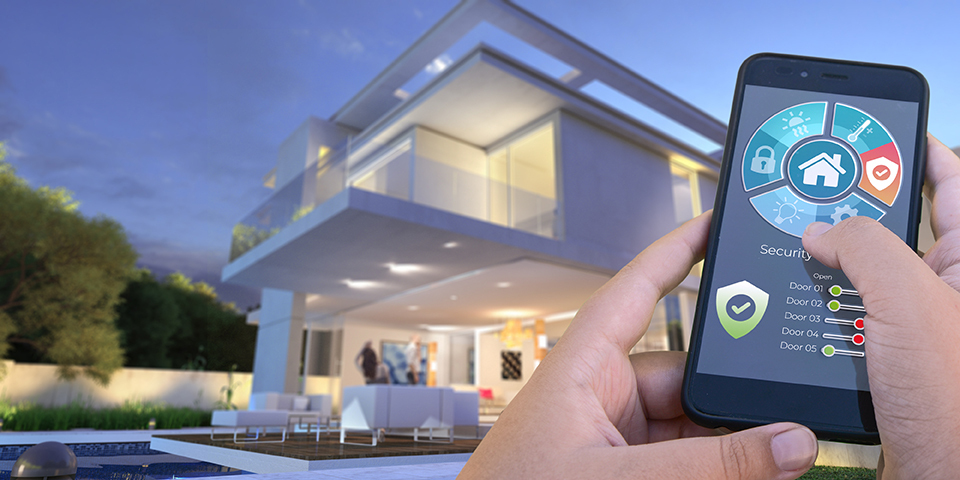
A home security system is a complex network of devices and services that work together to protect your home and family from potential threats. These systems are designed to detect intruders, alert homeowners and authorities, and deter burglars from attempting to break in. But how exactly does a home security system work? Let’s take a closer look.
Detection
The first step in a home security system is detection. Sensors are strategically placed throughout the home to detect potential threats. These sensors can be door and window sensors, motion sensors, glass break sensors, or even smoke and carbon monoxide detectors. When a sensor is triggered, it sends a signal to the control panel.
Control Panel
The control panel is the brain of the home security system. It receives signals from the sensors and decides what action to take. If the system is armed and a sensor is triggered, the control panel will sound an alarm and may also send a signal to a monitoring center.
Monitoring Center
Many home security systems today include monitoring services. When the control panel sends a signal to the monitoring center, a trained operator will receive the signal and take appropriate action. Depending on the system, the operator may call the homeowner to confirm the alarm or may contact the authorities directly.
Alerting the Homeowner
In addition to contacting the monitoring center, a home security system will alert the homeowner when an alarm is triggered. This can be done through a loud siren or by sending a notification to the homeowner’s smartphone or another internet-connected device.
Deterrence
A home security system is designed to deter potential burglars from attempting to break in. The presence of sensors, cameras, and alarms can be enough to deter many burglars. In addition, many home security systems today include features like smart lighting and remote access, which can make it appear as though someone is home even when the homeowner is away.
Recovery
In the event of a break-in, a home security system can help with recovery. Surveillance cameras can provide footage of the intruder, which can be helpful for law enforcement. In addition, many home security systems today include features like remote access and smart locks, allowing the homeowner to lock or unlock doors from a remote location.
Home Automation
Many home security systems today include home automation features. These features allow the homeowner to control their home security system from a smartphone or other internet-connected device. This can include arming and disarming the system, monitoring cameras, and even controlling lights and appliances.
In addition to these basic components, there are many different types of home security systems available on the market today. Some systems are designed for DIY installation, while others require professional installation. Some systems are hardwired, while others are wireless. Some systems include only basic components like alarms and sensors, while others are more comprehensive and include features like smart home technology.
When choosing a home security system, it is important to consider your specific needs and budget. A basic alarm system may be sufficient for some homeowners, while others may require a more comprehensive system with cameras, motion sensors, and home automation features. It is also important to choose a system that is easy to use and maintain, as well as one that is compatible with your existing home technology.
Overall, a home security system is an essential investment for any homeowner who wants to protect their home and family from potential harm. With a range of components and features available, homeowners can choose the level of protection that best fits their needs and budget. From detection and alerting to deterrence and recovery, a home security system provides you and your loved ones valuable peace of mind and security.




